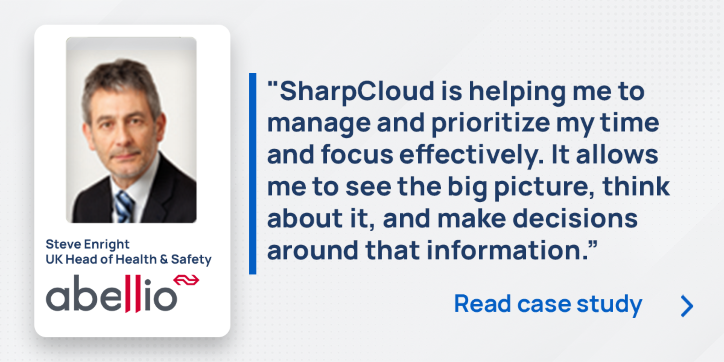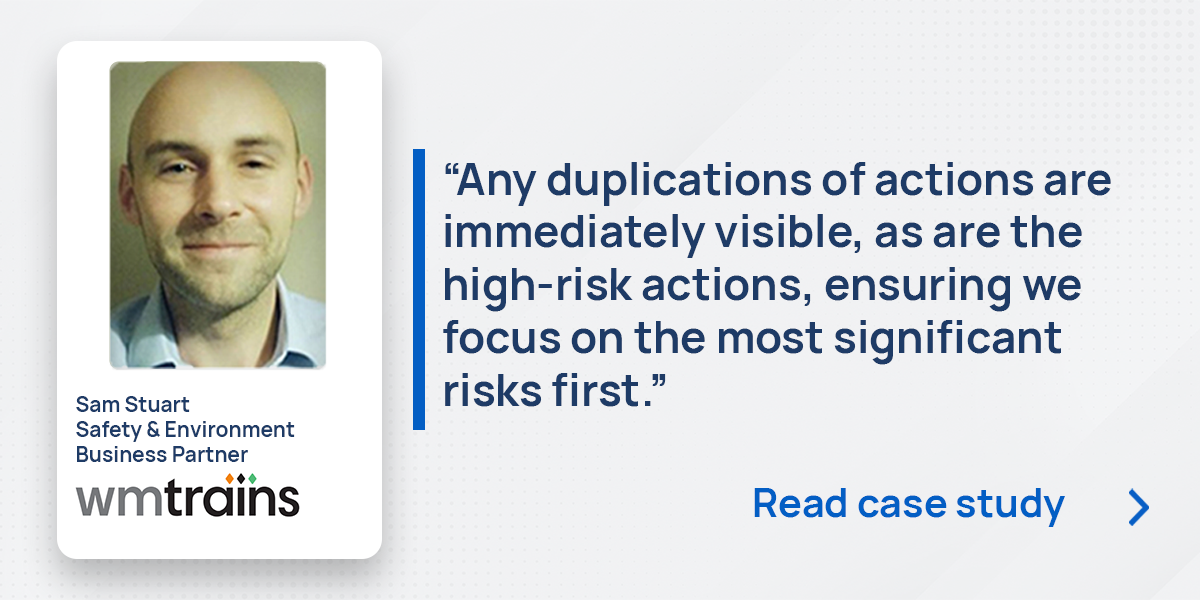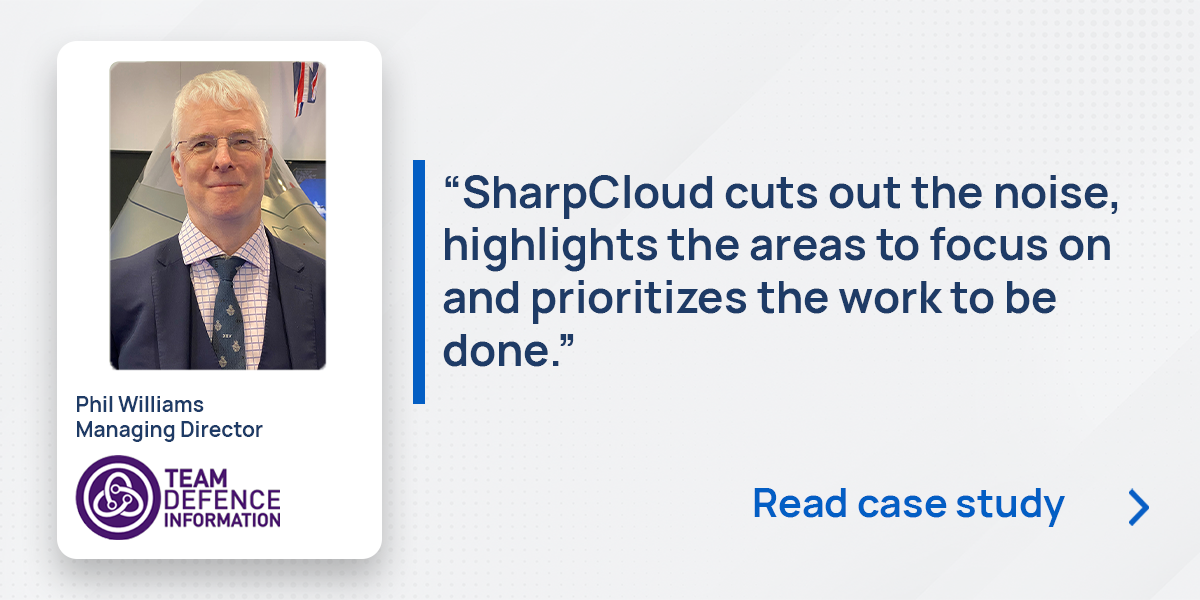We talk a lot about top-down bottom-up management but what do we really mean by this? The top-down approach to management is when company-wide decisions are made solely by leadership at the top, while the bottom-up approach gives all teams a voice in these types of decisions.
Nowadays, the bottom-up approach to management is becoming more and more popular. More and more, organizations are abandoning the top-down management style. Which approach works the best?
What is top-down management?
Most of us are used to top-down management — the traditional, filter down through a hierarchical structure, approach. The leadership team sets the company’s direction and major projects, and everyone else executes the plan.
The decision-making process occurs at the highest level (where managers gather knowledge, analyze it, and draw actionable conclusions) and is then communicated to and implemented by the rest of the team. This style can be applied at the project, team, or even the company level, and can be adjusted according to the particular group’s needs.
There are benefits to a top-down management style, especially for larger teams that consist of multiple smaller teams or groups that function together in a broader organizational hierarchy.
What is bottom-up management?
Bottom-up management is the opposite — ideas about upcoming goals, projects, and vision are funnelled up by the teams and individual contributors. A team will collaborate across all levels to determine what steps need to be taken to achieve overall goals. This allows more room for feedback and discussion.
Bottom-up management became popular in software development to help teams implement user feedback into the product and to quickly work on iteration after iteration.
The bottom-up approach is newer and more flexible than the more formal top-down strategy, which is why it’s more commonly found in industries where agility and innovation are a priority.
Which approach is best?
Both approaches have advantages and disadvantages. In reality, most managers and organizations will fall somewhere on a spectrum between the two.
While a bottom-up approach allows decisions to be made by the same people who are working directly on a project, the top-down style of management creates distance between that team and decision-makers. This can lead to poorly-informed decisions if leadership doesn’t ask for input or feedback from their project team.
Advantages and disadvantages of top-down management
| Advantages of top-down management | Disadvantages of top-down management |
|
Great clarity and transparency - with all decisions coming from the same source and communication flowing in one direction, misunderstandings between different entities can be kept to a minimum. |
More of a strain on leadership - the process only works if project managers solicit feedback from individual team members before key decisions are made. |
| More accountability - with clearly defined teams that each have their own separate responsibilities, it’s easier to locate, diagnose, and solve problems quickly and efficiently. | Limits creativity - allows fewer opportunities for creative collaboration and flexibility which may eliminate fresh perspectives and stifle innovation. |
| Faster implementation - one level of management decisions can be finalized, distributed, and implemented much more quickly than decisions that require input from multiple leaders or project stakeholders. | Disengaged teams - when all decisions are made at the top, the rest of the team might feel that their feedback and opinions aren’t valued. It takes work to keep team members feeling engaged, connected, and respected. |
Advantages and disadvantages of bottom-up management
| Advantages of bottom-up management | Disadvantages of bottom-up management |
| More informed decisions - top level managers work collaboratively with team members to chart a course of action, which prevents potential process blind spots that might otherwise appear when decisions are made without team input. |
Reduced momentum - too many collaborators can make it harder to arrive at a decision and, as a result, processes can slow down. There is a need for one or two group leaders in this instance. |
|
Better team morale - greater buy-in from team members because everyone is given the equal opportunity to influence decisions and project outomes regardless of seniority. |
Change in team dynamics - it's not always easy for team members to give honest feedback in front of management. Smaller group breakouts or anonymous feedback surveys can help. |
|
More creative opportunity - feedback, brainstorming, and constructive criticism from team members can often lead to better systems and outcomes. |
Lack of high-level insight - projects are still impacted by higher-level factors like company goals, budgeting, forecasting, and metrics that aren’t always available at the team level. There is a need to ensure team decisions are aligned with company-wide positions and goals. |
A top-down bottom-up approach
Often the best choice is to use both the top down and bottom up approaches simultaneously. This is often called the countercurrent model and is favored by companies of all sizes.
A combination of both methods enables an efficient and target-oriented implementation of the company goals as well as the inclusion of all affected departments and processes. Linking strategies and activities with each other can considerably increase the quality of the planning and decision making results.
For example, top-down and bottom-up planning is bidirectional planning. Planning for the definition of goals and possibilities for their achievement, takes place from top to bottom as well as from bottom to top, and the differences between the two directions are continuously coordinated.
How does it work?
- Upper management creates broad goals and structures.
- Departments have a chance to review the framework suggested by upper management.
- Departments and individual employees revise the framework and break it into steps.
- The smaller steps are implemented with collaboration and additional revisions as needed.
In the countercurrent model, goals, tasks, and communication occur on a two-way street between employees and managers. Everyone has a voice in the company, but there are also unified objectives and values.
Advantages of leveraging the two styles
- The strategic goals and measures are coordinated in terms of content.
- More feasible objectives are the result of this combined decision making process.
- Employees feel more involved and are able to make a better connection with goals.
- Everyone has an understanding of the big picture and what's actually going on.
- More agile way of working together.
- Helps to achieve strategic alignment.
Can project management software help?
Traditional project management software was originally designed with the top-down approach in mind and does not lend itself to bottom-up management. These applications are complex and are focused on the project manager, making them the major link in all project communications.
If the project plan is often not accessible to team members, it makes it hard for them to contribute and any team updates are usually emailed to the project manager in disconnected files. The project manager then has to collect all the data, manually update the project plan, and communicate the changes to the corporate executives.
The misalignment between the bottom-up best principles and the old style tools may result in missed opportunities for success as the project manager's talents are often buried by the routine operations.
New technology for managing projects
New technologies have changed the old way of managing projects and transformed the way people share and receive information. New patterns of collaboration, based on a collection of valuable knowledge and expertise from each project team member, enable more successful implementation of bottom-up management methods.
With that knowledge successfully collected and shared in a flexible, collaborative environment, the project manager is the one to conduct the work and choose the right direction for the project development, based on the information received from individual team members.
The project manager turns from a taskmaster into a project leader who
- facilitates the team communications
- provides a creative working environment and guides the team
- leverages the team strengths and weaknesses
- adjust project development to the external changes
New technologies allows project managers to merge the advantages of the two initial management approaches. These applications let you combine control and collaboration, clarity of project goals and visibility of internal organizational processes.
Top-down, bottom-up approach
Example 1: Abellio and West Midland Trains - Safety and Risk Management
Abellio UK is responsible for running four of the UK’s rail passenger services – East Midlands, West Midlands, Greater Anglia and Merseyrail - as well as being the fastest growing operator in the London bus network.
At group level
SharpCloud has been used to create the definitive model that fits with our strategic approach to engineering management. It allows an Engineering Director in any of our operating companies, or a Depot Manager responsible for the day-to-day activities, to see the size of the problem and for people to contribute to solving that problem.
Steve Enright, UK Head of Safety, Security & Sustainability at Abellio
"I can see the whole picture and what I’m doing, across the scope of my responsibilities. I can see the high-level strategic aspects and below that, the stakeholders, actions, and working groups aligned to those goals. I can then drill down further into sources of data and link to external data and analysis for further information.
In a meeting, all the information is there to take decisions. In just 4 clicks I can go from a strategic goal in a particular area of safety, security or sustainability to the granular detail and I can show senior management who’s doing what, the progress against it, when it’s going to be completed and how much it’s going to cost.
We can move data around and see how the picture changes and explore ‘what if’ scenario’s which is essential for informed decision making. Importantly, I can give senior management the evidence to prove that what I’m saying, or presenting is true. All the evidence is there in real time.
SharpCloud is a way of being able to see the whole industry in one view and then drill down into the details quickly and hold it accountable."
From a depot perspective
SharpCloud is being used as a tool to help senior managers understand safety in their area and specifically the size of the project or challenge, what that looks like on a day-to-day basis, who’s responsible, how easy, or difficult that task is, what the outcome will be, and how that’s aligned to overall strategy.
Sam Stuart, Safety & Environment Business Partner at West Midland Trains
"I created a Depot Safety Action Plan in SharpCloud linking all the accountable managers to their actions using relationships and ranking those actions by risk. Any duplications of actions are immediately visible, as are the high-risk actions, ensuring we focus on the most significant risks first.
I can see the action owners and the actions they are responsible for, and I have the visual reassurance that the key risks are being managed effectively. For senior management they have the high-level overview they need to understand what’s going on.
We can see the goals completed and more importantly, the evidence behind the closure of the actions. Everyone can instantly see the whole picture in one view and the areas we need to focus on.
Example 2: Team Defence Information - Programme Management
As a trusted membership organization, Team Defence Information (TD-Info) brings together Industry and the MOD, collaborating to optimize the value from business information working across Team Defence.
Phil Williams, Managing Director at Team Defence Information
"SharpCloud is enabling lots of people from different companies, sectors and seniority from across the MOD and UK industry, to work together on the same team.
SharpCloud offers a powerful picture of visibility, transparency, continuity, and accountability and gives the management the ability to actually manage. Not only is this a tool for leadership to see how all the different components fit together in the big picture, but it’s a tool for the different teams to see how they fit into that bigger picture, which is very important.
It’s a great help having everyone use the same platform and it’s made it easier to control the disparate work groups and enable those behind the scenes to see and have a direct line to the 3* Advisory Board. It’s a really good way for the groups who wouldn’t otherwise have contact with the top-level decision makers, to visualize where their team fits in and know they’re not working in isolation but are instead part of a much bigger team.
It highlights the dependencies and groups contributing to the areas of focus set by the 3* Advisory Board and provides the option to dive down into the details they need, to make the decisions."
Strategic alignment
The primary goal is always to find ways to make project and portfolio management and project collaboration more efficient. The top-down, bottom-up approach is a powerful tool to help reveal any misalignments and allow an organization to continuously monitor and close those gaps, and ultimately make more informed strategic decisions to deliver goals.
New technologies offer us the powerful ability to make projects more successful and teams more productive. With the help of new-generation tools, projects can be delivered much faster, and this is to everyone's benefit.



